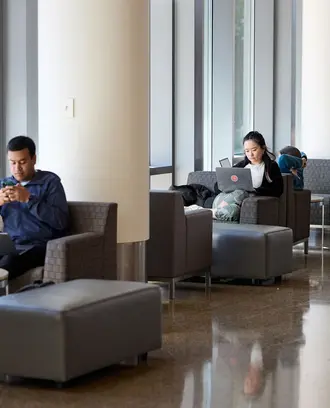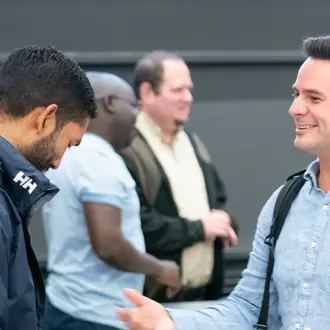In this period of staggering unemployment, an individual with a lucrative full-time job might seem like “one of the lucky ones.” But in their new book Overload: How Good Jobs Went Bad and What We Can Do About It, MIT Sloan professor of work and organization studies Erin L. Kelly and her coauthor, University of Minnesota sociology professor Phyllis Moen, tell a story of employees on a relentless treadmill. They talk about unsustainable expectations in the “new economy,” when working across time zones may mean a New York-based IT consultant starts her day at 5 AM with a call to a client in London and ends the day Zooming at 11 PM with partners in Palo Alto—with only short breaks in between. The pandemic has only exacerbated the issue, now that many workers are home-bound and find they are expected to be available at all times.
While considered members of the “professional class,” these employees find that their jobs, for all their intensity, are not necessarily safe. Globalization, automation, and artificial intelligence have brought a factor of vulnerability to many occupations and industries that previously felt secure. The wages and benefits might be excellent, but the daily gauntlet for keeping the position is increasingly arduous. More and more good jobs have become bad jobs, characterized by increasing workloads, an accelerated pace, and escalating expectations.
Organizations are diminished, too
The problem has an impact on the organization, as well. When employees are churning out work at breakneck speed, the product or service can suffer. Companies that hire innovators on the basis of their knowledge and creativity are losing those capabilities in the accelerated pace. The problem is not a lack of talent but a lack of time.
Kelly and Moen spent five years interviewing hundreds of employees and managers, during which they conducted a major experiment at a Fortune 500 company. They implemented creative but practical work redesigns that gave workers more control over how and where they worked and encouraged managers to rethink performance evaluations. The result: the health, well-being, and work-life balance of employees improved immensely, while the company benefited from higher job satisfaction and lower turnover. Most important, Kelly and Moen show that such changes can be scaled up or down, from the smallest company to the largest multinational.
“Innovative initiatives like the one we describe can create a new normal,” the authors write. “In that new normal, employees have greater authority to make their own decisions, managers and coworkers recognize and support the realities of life outside of work, and everyone focuses less on when and where the work happens and more on working effectively and efficiently together. Working smarter includes dropping some tasks and meetings and turning off technologies from time to time.”
The authors show that workplace rules, practices, and expectations can all change. There are ways forward, they say, to more sustainable, enjoyable, and effective work lives if we only exercise the “will, power, and imagination” to push for it.



